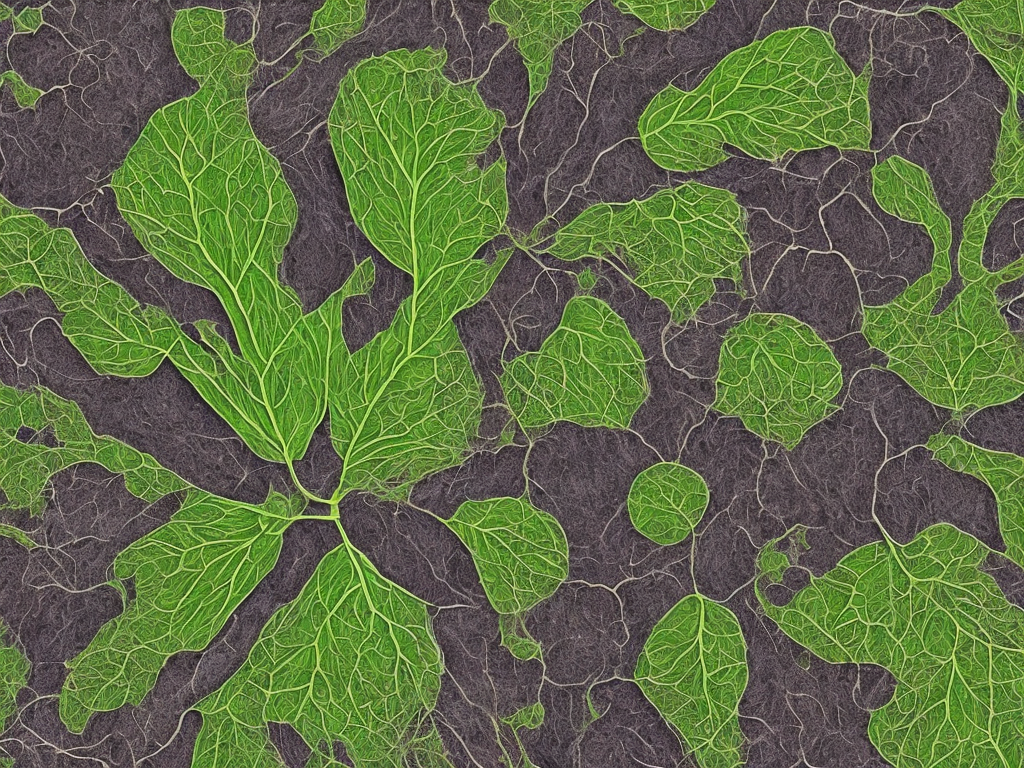
Plants are fascinating organisms that serve a crucial role in our ecosystem. They are responsible for providing us with food, oxygen, and serve as a valuable resource that aids in disease prevention and healthcare. Several elements make up a plant body, including the stem, roots, leaves, and flowers. Each part of a plant plays a unique role, and two of the most critical components are the xylem and phloem. The xylem and phloem help in the transport of essential nutrients, minerals, and water throughout the plant.
The xylem and phloem are part of the vascular bundle in plants that function as a transportation system. They are located within the stem and roots of a plant and primarily function to transport the needed materials required for growth, development, and repair. The xylem and phloem are made up of different types of cells that serve different functions. Understanding the differences between these two is critical to understanding plant nutrition and how humans can interact and benefit from them.
Xylem
The xylem is a type of tissue that forms a long, continuous tube in a plant's stem, trunk, and branches. It is responsible for transporting water and dissolved minerals from the roots to other parts of the plant. This process is called transpiration, which mainly depends on water evaporation from the leaf surface, creating a negative pressure that pulls water and solutes upward from the roots to the higher parts of the plant.
The structure of the xylem is quite complex, highly specialized, and consists of four different types of cells. These cell types are parenchyma cells, fibers, tracheids, and vessels. Parenchyma cells are responsible for storing food and water, while fibers support the plant body. Tracheids and vessel elements, on the other hand, are the two main cells responsible for water transportation. Tracheids are elongated, tube-like cells that are tapered on both ends, with small pit-like structures, while vessel elements are shorter, wider, and have a perforated structure that enables water to move more easily.
Phloem
The phloem, on the other hand, is another type of tissue located beside the xylem within the vascular bundle. It mainly functions to transport sugar, amino acids, and other organic compounds within the plant body. Unlike the xylem, which transports water and dissolved minerals in a one-way direction (from roots to stem and leaves), phloem tissue can transport sugars in both directions (from source to sink). A plant source is where sugars are produced, mainly leaves, while a sink is where they are used, such as stems, roots, and fruits.
Phloem is made up of four different cell types, including sieve elements, companion cells, fibers, and parenchyma cells. The sieve elements make up the bulk of the phloem tissues, and their function is to move the sugars. Sieve elements consist of two different types of cells- sieve tube elements and companion cells. The sieve tube elements are long and slender cells that are stacked end-to-end and have perforated end walls called sieve plates. These plates allow for the movement of macromolecules within the tube. Companion cells, on the other hand, are deeply involved in supporting sieve tube elements and providing them with essential nutrients, such as amino acids.
In some plants, both the xylem and phloem are located in the same vascular bundle, forming what is known as a vascular cambium. The cambium, a type of cell layer, allows the plant to grow thicker, increase the surface area of the xylem and phloem, and differentiate into various types of cells. This process is known as secondary growth and is essential to the development of woody plants.
Final Thoughts
In summary, the xylem and phloem are essential components of vascular plants, playing a critical role in transporting water, nutrients, and other organic molecules throughout the plant body. The xylem, made up of four different types of cell, functions to transport water and minerals in a one-way direction from roots to the rest of the plant. In contrast, the phloem, consisting of sieve elements, companion cells, fibers, and parenchyma cells, helps in the transportation of sugars and other essential organic compounds in both directions. Understanding the difference between these two tissues and how they function is crucial when dealing with plant physiology and the importance of plants to human life.
 Self-Instruct
Self-Instruct